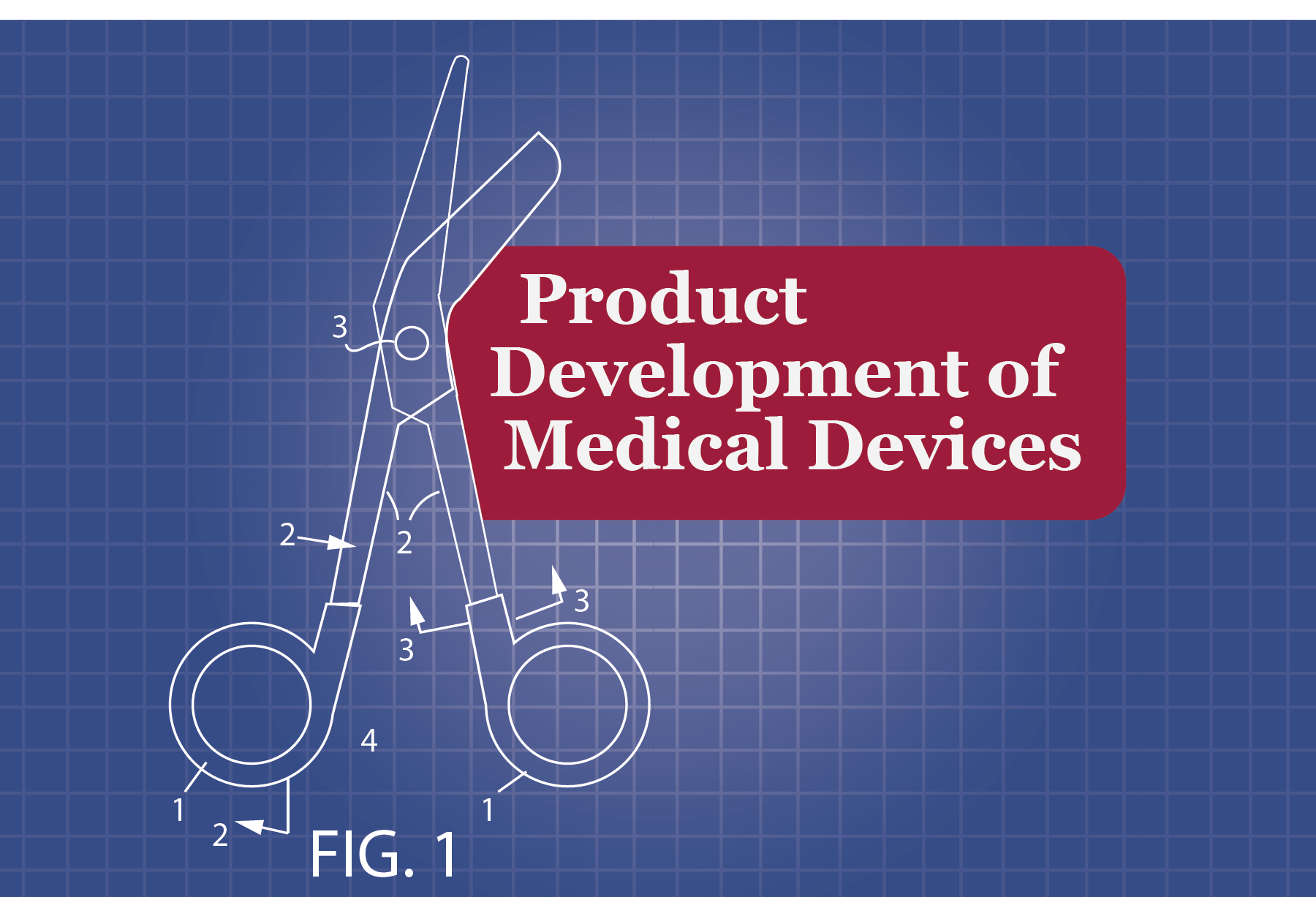The process of creating, manufacturing, and marketing a medical device can be extremely difficult to navigate. Once you’ve done the engineering and know your device will work, what are the next steps? How do you take it from a prototype to a device that’s actively being used in health care? Product development is a common process you’ll see with every business, but the medical device market is special in that you must also consider the strict quality and regulatory requirements.
The first phase of product development should be a basic regulatory assessment of your device. You will need to define the basic specs, intended use, and market population for your device, among several other variables which is usually referred to as the Product Requirements Document (PRD) and the Marketing Requirements Document (MRD). This information will allow you to start carving out a plan for FDA submission, which includes what classification your device falls under, if there are any predicate devices, and what type of submission is necessary for your device. Beginning to organize this information will make the submission process at the end seem less daunting when the time comes to compile it for the FDA, and it will help layout further requirements in your product development process such as potential clinical trials.
The second phase of developing a medical device is how to create and manufacture the device. Finding a company that claims to be able to manufacture medical devices is as easy as a Google search; however, selecting a manufacturer requires careful thought and consideration from a quality and regulatory standpoint. There are specific standards a manufacturer must comply with; for example, a manufacturer must be certified to ISO14644-1 if your device requires a cleanroom.1What your device requires out of a manufacturer should guide your research, and you’ll want to pick reputable vendors who are willing and able to help you on a quality and regulatory front. EMMA International can help you get the right manufacturer for your device.
One of the biggest mistakes a medical device developer can make in the process is to not complete QA/RA work in parallel with product development work. Following design controls, developing a robust QMS, and making sure you are conforming to all federal and international standards should be considered from beginning to end. The final step in this process is submitting to the FDA, and if you don’t have everything you need you will have to go backward in your process to fix what’s not compliant. To learn more about regulatory assessments and the timelines for getting your device to the US market, check out our blog on it here.
Especially for start-ups or smaller companies, the product development process for medical devices can be complicated. Focusing on the business and engineering needs without also considering quality and regulatory can be detrimental to your team. EMMA International has the expertise to help integrate QA/RA work in with normal business development for your device. Contact us at (248) 987-4497 or email info@emmainternational.com to see how we can fit into your product development process.
1ISO (December 2015) ISO14644-1:2015 retrieved on 11/4/2019 from: https://www.iso.org/standard/53394.html





